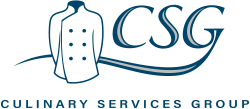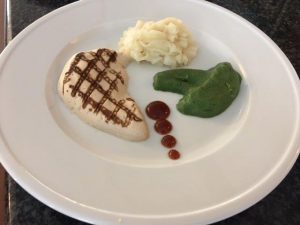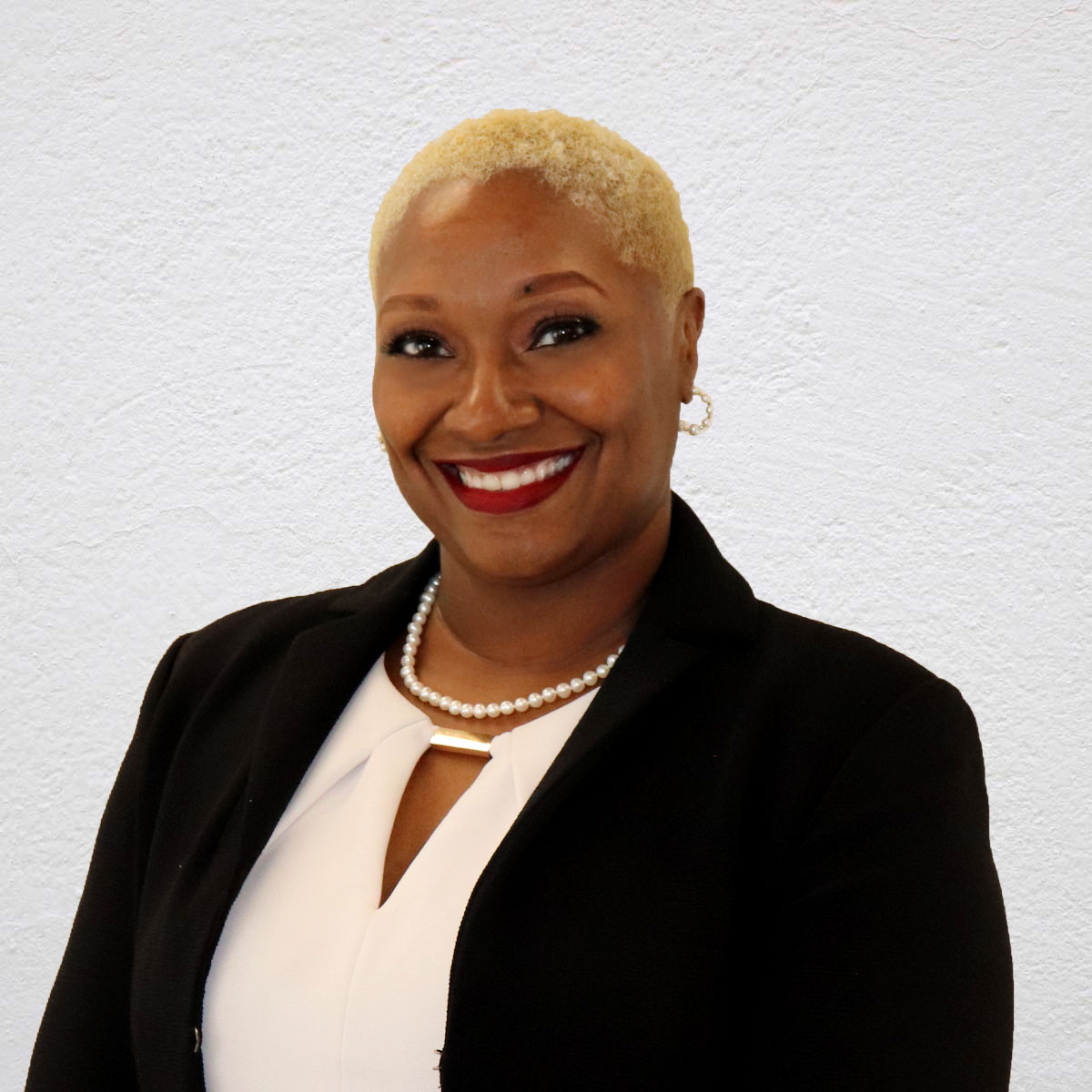Last updated on June 15th, 2023

We often underestimate the role that vision plays in our decision making, and yet, what we see influences a lot of what we do. It’s why you’re more likely to hire the best-dressed candidate, eat at the restaurant that appears cleaner, and buy from the company with the better looking brand.
Understanding how food presentation effects how people eat is key.
Tastefully Textured Puree Presentation
“The Blob” – An Incorrect Puree
For example, which of the images above would you prefer to eat?
Studies have shown that food presentation can be used to boost appetite and can even make the food itself be perceived as tasting better. By incorporating this knowledge into practice we can better combat a variety of ailments that interfere with the desire to eat, including dysphagia.
The standard plate presentation for a dysphagia diet includes several scoops of pureed food on a plate. While not ideal, it is a functional presentation that can work when the puree’s consistency and flavor profile is correct. When a puree’s consistency is incorrect it creates one of the most unappetizing food presentations we’ve seen, a presentation we refer to as “the Blob”. Due to the Blob’s gross appearance and tendency to take over the entire plate, many diners elect to rely on supplements for their nutrition. This is costly to both the individual and to the facility providing them care, but it can be addressed.
So how do we fight the Blob?
There are many levels of action you can take depending upon your facility’s need, but all begin with the basics: fresh food that’s made from scratch and the right texture. Utilizing these two basic elements can help to overcome the visual obstacle of a standard scoop presentation. A puree that is made correctly should hold it’s own form once scooped – the Blob is a tell tale sign that the puree consistency is incorrect. In addition, formed scoops have the advantage of looking more natural than the Blob (think instant mashed potatoes) and are therefore more palatable.
The next level of action starts tapping into the influence of our vision. When a puree is shaped to look like food, we are more likely to recognize it as food, which increases appetite. This technique typically requires the use of molds and thickeners which allow a puree to properly hold a shape once removed from the mold. These molds can come in a variety of different shapes that resemble food, such as broccoli and chicken breasts (as shown in the image above).
Finally, in addition to previous levels, the last level of action aims to fully address the visual challenge of puree presentation. By adding in shaping, piping, and garnishing. the molded puree shapes are made to look even more realistic. Grill marks are added to chicken breast shapes, a drizzle of chocolate syrup is added to a dessert, any detail to make the puree look exactly like the food item that it is.
In our quest to fight the Blob, Culinary Services Group has launched a pilot program for both Puree and Ground textures. The program’s purpose is to develop a step-by-step instruction manual on how to consistently utilize fresh food and beautiful designs to produce better outcomes for those we serve. Our hope is that this pilot program not only enhances our current standards of presentation, but that it becomes the new standard of presentation in the field.










